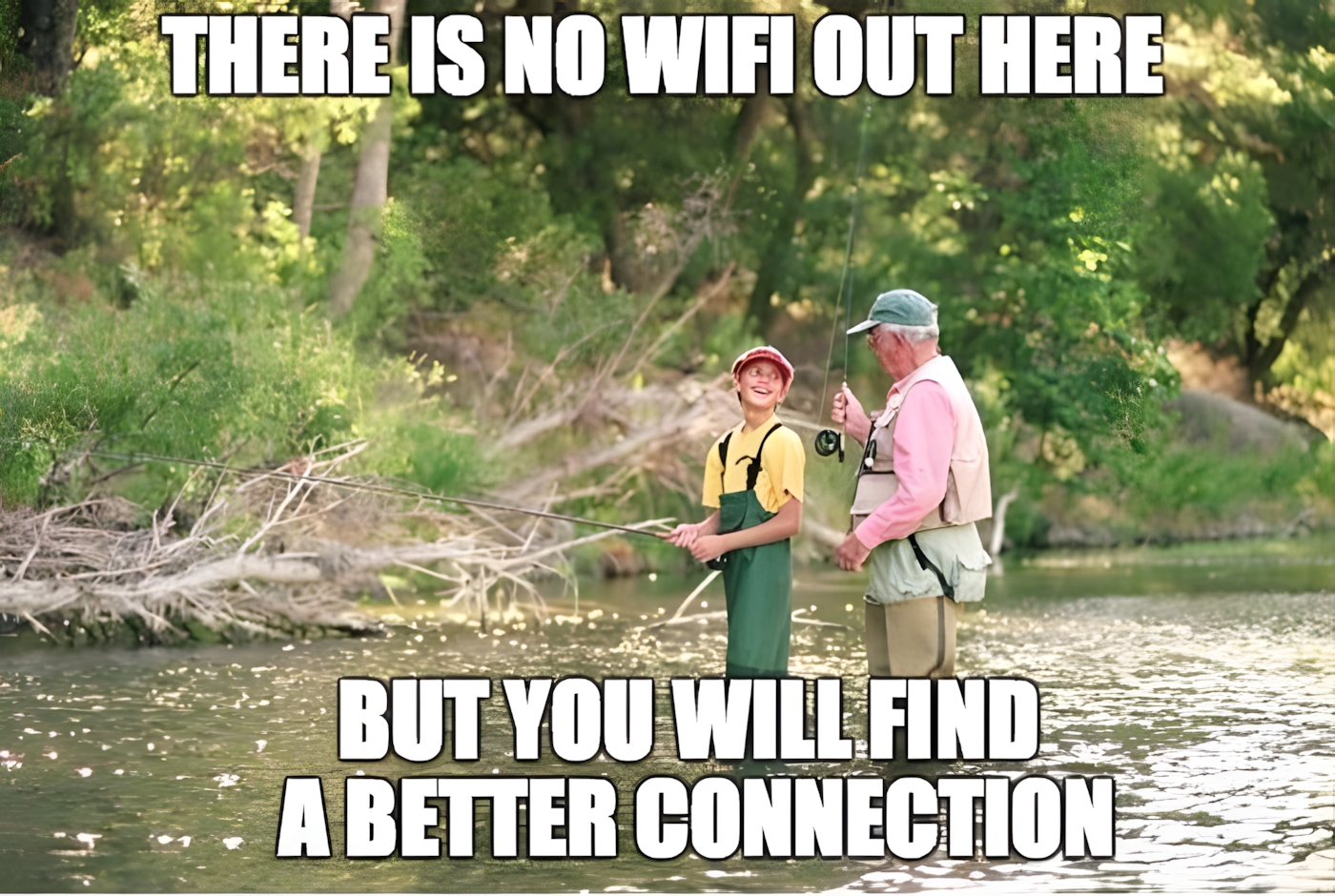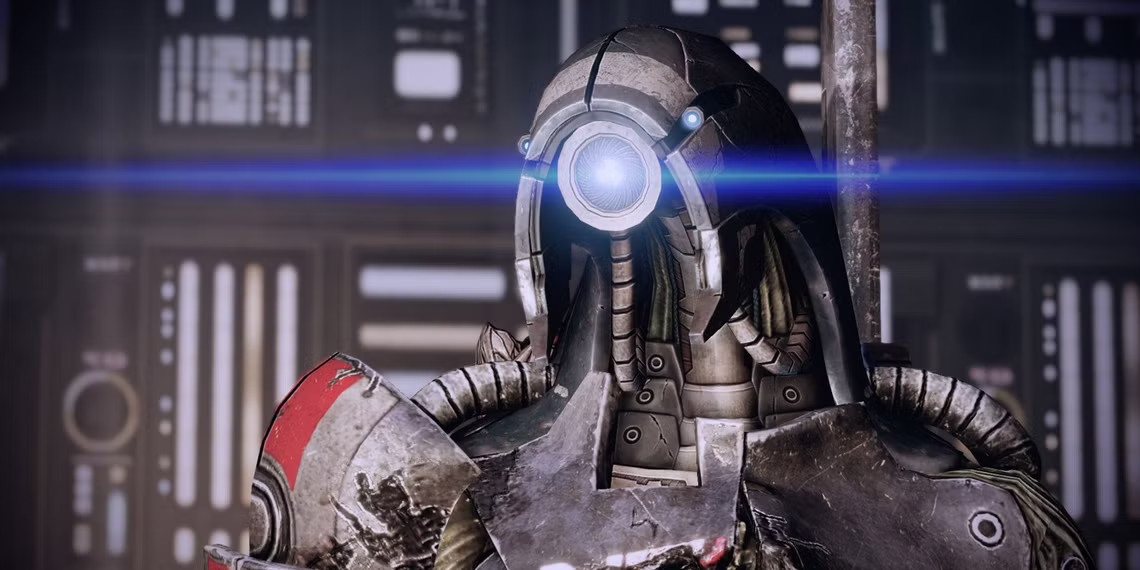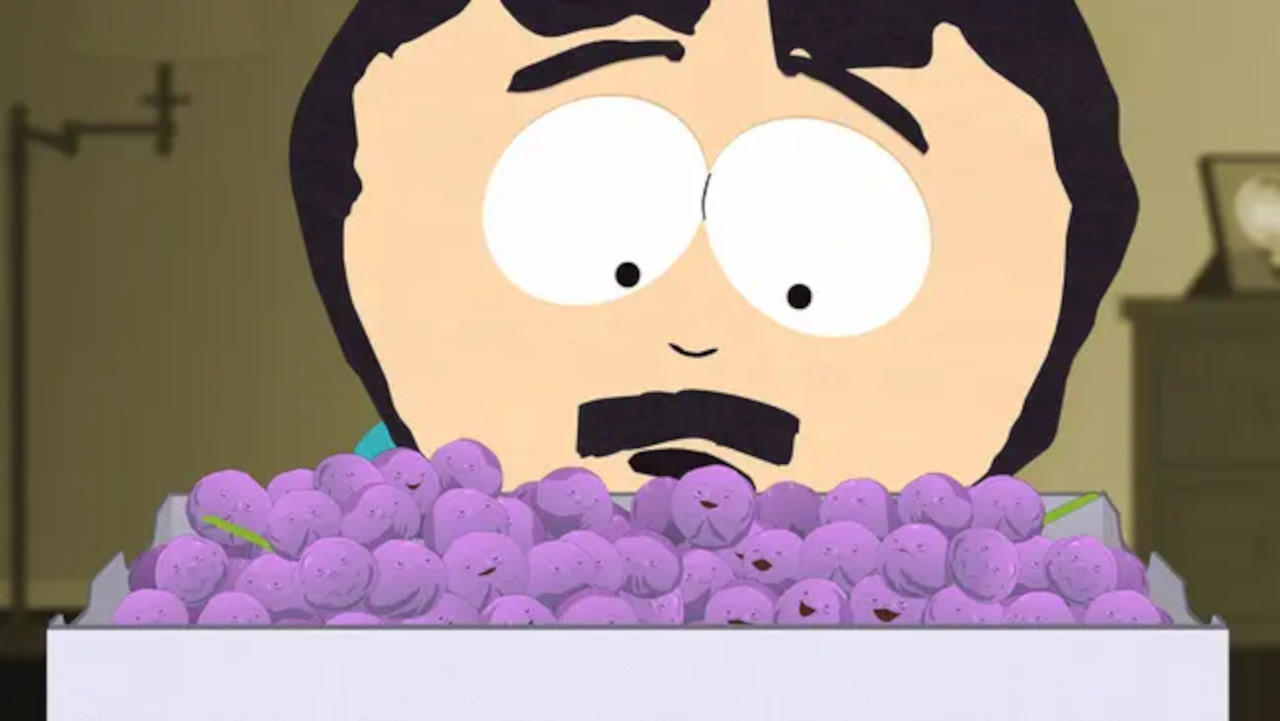When you picture slop, you probably think of a pig trough. One long tub packed full of rotting vegetables and other garbage, mindlessly devoured by domesticated animals. The term now has come to refer to so many AAA games we’ve been seeing, or any of the “endless trash” (as Mike Stoklasa put it) getting pumped from the anus of the entertainment business. Gamers put up with it for a very long time, now they’re finally saying “no mas”. Many of these low-effort, deliberately antagonizing games are bombing, and the industry is hopping mad.
In recent years, “slop” seems to have become synonymous with “woke”. Make no mistake; wokeness is a component, though slop goes back a lot longer than current culture war shenanigans. There have always been bad games. Even bad games released by major first-party studios go right back to Atari. However, the slop phenomenon dates back to the 7th console generation.
At this time, much of the video game industry was consolidated under a handful of large corporations. Before this, publishers and studios weren’t as intertwined. Individual studios had more creative freedom, while publishers were more willing to take risks on niche “B” projects to supplement their heavy hitters. That’s why the PS1 and PS2 had many games ranging from blockbusters to experimental “art house” titles. Then the publishers began buying the studios outright. Suits became directly involved in the creative process, corporate culture started seeping in, and the industry overall became more risk-averse as costs climbed.
Slop began with things like DLC, shoddy PC ports of console games, and forced online modes. Then, when the mobile model came onto the scene, things spiralled out of control. AAA games generally became about extracting as much money from the customer, with as little risk and effort as possible. This is how every game started to feature the same real-time combat, with tower climbs, cringeworthy stories, collectibles, and RPG elements, or as I like to call them, “Ubisoft-likes.”
Now, those games aren’t necessarily bad. It all depends on how much effort the studio and publisher put into those projects. We’ve seen that dropping by the wayside for a long time. Then the woke movement, as part of that corporate culture, began to take control of the industry. What resulted was a lot of activist developers who ended up pushing out the skilled and conscientious people. Meanwhile, many low-skill, low-talent people (who just happened to have the “correct” politics) got hired as part of DEI initiatives.
So what constitutes slop exactly? Well, I’ve made a handy list below. Individually, these don’t necessarily result in slop on their own. Though in combination, you’re probably going to end up with a pretty crappy gaming experience. Pick at least three, but even just two are a strong indicator.
How to tell if a game is probably “slop” (Pick at least three)
- The game is woke (Contains intersectional feminist ideology, heavy-handed leftist political messaging, pronouns, race/gender swaps characters, marginalizes straight males and people of European or East Asian background, ugly female or one-dimensional LGBT characters for no narrative purpose, and/or inserts references to current day politics where they make no sense, such as Trump allegories or trans’ rights in a medieval setting)
- The studio is woke (Practices DEI/BRIDGE, staff have made disparaging comments about gamers on social media or in the press, has openly espoused woke ideology, focuses on “modern audiences”)
- The game was released incomplete (game-breaking bugs, wonky mechanics, lack of optimization, missing features or far fewer features than older titles, bad localizations, feels rushed and overall unpolished)
- Corporate and marketing were heavily involved in the development process
- Review copies were only given out to pre-approved journalists. All reviews sound suspiciously similar. Discussion forums are locked down.
- The gameplay is optimized to aggressively promote monetization through loot boxes, battle passes, gambling mechanics, and microtransactions. It uses psychological tricks to manipulate players into paying.
- The gameplay is safe, generic, and derivative. Designed to appeal to the broadest possible audience.
- The story/narrative is generic, nonsensical, poorly written, is not faithful to franchise lore and canon, and contains “cringe” dialogue and “Marvel humour”
- The game forces players to be online even for single-player experiences
- Annualized releases with little worthwhile content added year-over-year (most sports games)
As I said off the top, gamers tolerated it for years. They were gaslit by the industry into thinking these were top-tier, cream-of-the-crop games, and if they didn’t support them, their favourite studio would go under. For years, those gamers bought the games, paid for the microtransactions, and demanded more. That is, until COVID struck. Many people suddenly found themselves with a lot less disposable income and began questioning many things they’d taken for granted.
This dissent had already been festering for years, mind you. Gamers started noticing the heavy-handed political messaging being incorporated into games post-GamerGate. Then, when Trump was elected for his first term in 2016, all hell broke loose. There was a strong correlation between games going woke and the decline in quality. If the industry hadn’t decided to get overtly political, they probably would have been able to keep coasting, at least for a few more years. People didn’t like the anti-consumer stuff, but it received less traction on social media than the culture war. Had every game not suddenly become about “owning the Chuds”, the industry would probably be in a much different place.
The industry is, naturally, a little cheesed with the outcome. Gamers’ acceptance of slop created a business model that revolved around it. Publishers and studios felt like they were entitled to their customers’ money. You see it all the time on social media now. A studio puts out a trash game, they antagonize gamers who criticize said slop by saying it’s “not for them”, then the developers and game journalists get outraged and blame the customers when nobody buys it. Lather, rinse and repeat. It’s become a dead horse of a meme at this point.
Guilt-tripping gamers doesn’t work anymore. I’ve always said that normies are slow on the uptake, but they know a turd when they see it. Studios and publishers who continue to deliver slop, instead of the quality products gamers want, will go belly up. Or worse, get bought out by the Chinese.
Photo by Richard Humphrey, licensed under Creative Commons





